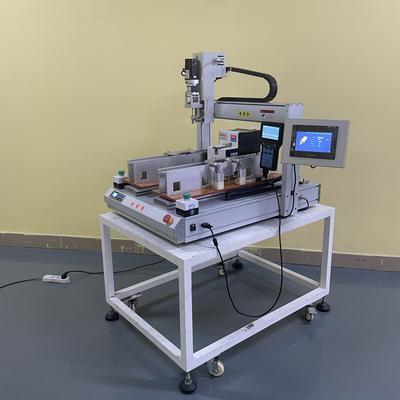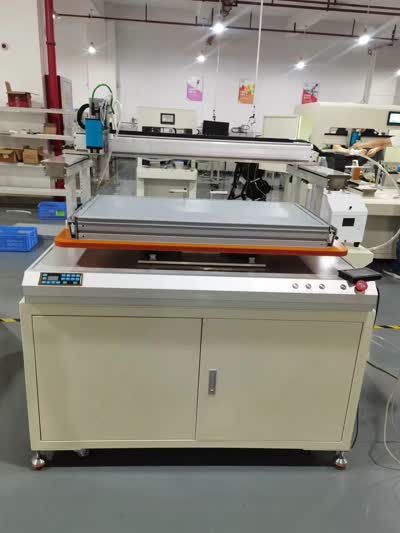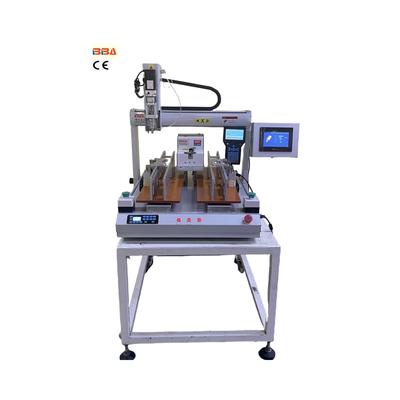Global Multi-Axis Tightening Machines Market Forecast 2023-2030 | Automation Trends

Global Demand Trends for Multi-Axis Tightening Machines
Multi-axis tightening machines represent the pinnacle of precision fastening technology, revolutionizing assembly lines across industries. These systems allow multiple bolts or fasteners to be tightened simultaneously with exact torque control, drastically reducing cycle times while ensuring repeatable quality. The global demand for these solutions is surging, fueled by dynamic market forces that prioritize automation, precision, and scalability.
Key Drivers Accelerating Market Growth
Several interconnected factors propel the adoption of multi-axis tightening systems. First, the relentless pursuit of manufacturing efficiency pushes companies to replace manual or single-station tools with synchronized solutions, slashing assembly times by up to 70%. Second, stringent quality standards in sectors like automotive and aerospace demand error-proofing that only programmable, traceable tightening can provide. Third, Industry 4.0’s rise integrates these machines into IoT ecosystems, enabling real-time monitoring of torque curves for proactive maintenance. Lastly, labor shortages compel manufacturers to automate complex tasks reliably.
Exploding markets for electric vehicles highlight this trend. EV battery assembly requires hundreds of meticulously controlled fasteners; multi-axis systems deliver the accuracy needed to prevent critical failures and thermal runaway risks.
Regional Dynamics Shaping Adoption
Region-specific industrial shifts further steer demand:
Asia-Pacific dominates growth, led by China and India’s manufacturing expansion in automotive, electronics, and machinery. Government initiatives like "Made in China 2025" incentivize smart factory investments directly boosting automation tool adoption.
North America sees robust demand, particularly in aerospace and electric vehicle sectors, where precision and compliance are non-negotiable. Reshoring initiatives also play a role as companies relocating assembly lines seek advanced automation.
Europe focuses on sustainable manufacturing, with tightening systems pivotal in renewable energy equipment and electrified vehicle production, supported by strong regulatory frameworks promoting innovation.
Technology as a Catalyst
Advanced features transform tightening equipment from isolated tools to integrated data hubs. Smart sensors now capture real-time torque-angle metrics, instantly flagging deviations. Wireless connectivity streams this data to MES or ERP systems, enabling predictive maintenance and reducing downtime. Emerging AI algorithms analyze patterns to optimize tightening sequences or predict tool wear months in advance.
Modularity is another leap forward. Modern machines support hybrid configurations – combining hydraulic, electric, and pneumatic actuators – all centrally controlled. This flexibility ensures scalability as production volumes fluctuate.
Addressing Implementation Challenges
High upfront costs and integration complexities remain barriers, especially for SMEs. Innovators counter this by offering customizable lease models and scalable systems for legacy lines. Cybersecurity also poses risks as network-linked tightening tools grow. Robust encryption protocols and isolated data layers are now standard features to protect operational integrity.
Future Outlook: Toward Autonomous Assembly
The trajectory points toward hyper-automation. Future systems will likely embed machine vision for automatic fastener recognition and positional accuracy compensation. Cloud-based analytics will optimize entire tightening fleets globally, foreseeing bottlenecks. As cobots become mainstream, compact multi-axis solutions will integrate directly into collaborative workflows without safety cages.
With autonomous factories on the horizon, multi-axis tightening machines will transition from productivity tools to core enablers of adaptive manufacturing – transforming bolts, data, and intelligence into competitive excellence.
| Product Name | Applicable industries |
| Screw Fastening Unit | Smartphone Manufacturing |


